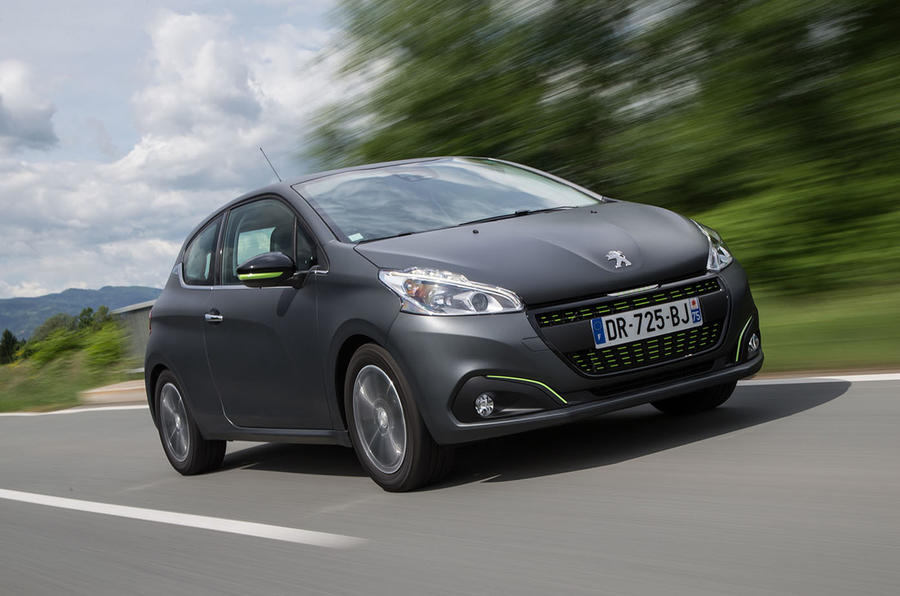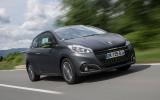What is it?
It’s the new, facelifted Peugeot 208, fitted for the first time with PSA's Puretech 110 three-cylinder engine, lifted straight from the Citroën C4 Cactus.
As well as the new engine option, the refreshed range benefits from a variety of styling upgrades including a new front bumper, a wider grille and revised 'lion claw' LED tail-lights. The 110 engine tried here, however, is only available in Allure spec upwards, which also brings new two-tone headlights - incorporating LED running lights - trim and spec upgrades, and a fresh alloy wheel design.
Peugeot has also added new personalisation pack options, each of which adds interior and exterior coloured accents including a 3D-effect grille, highlights to the door mirrors and front fog-light surrounds, and contrasting stitching inside the cabin. New paint finishes are also available, including bright Orange Power metallic and Lime Yellow.
At the top of the range there's also a new GT Line trim level - mirroring the 308 range - that comes with 17in wheels, sports seats with contrasting red stitching, and aluminium pedals.
We always said the previous 208 was good, rather than great, so has this new version moved it up the rankings?






















Join the debate
Add your comment
The way the bonnet disappears into
"It should still be on your
John can you elaborate on which in the class you're thinking of? I'm assuming Fiesta. But it would be helpful to not have to mind-read. I don't really love the 208, but the combo of economy, decent pace and the interior, is a good one. Shame it looks so ugly on the outside.
Star rating gives it away...
Well, judging from the 3 stars appearing right next to that question, I'd say the answer is no. Perhaps a rethink of the layout (or choice of taglines) is required, as it does make the rest of the article seem a tad redundant.